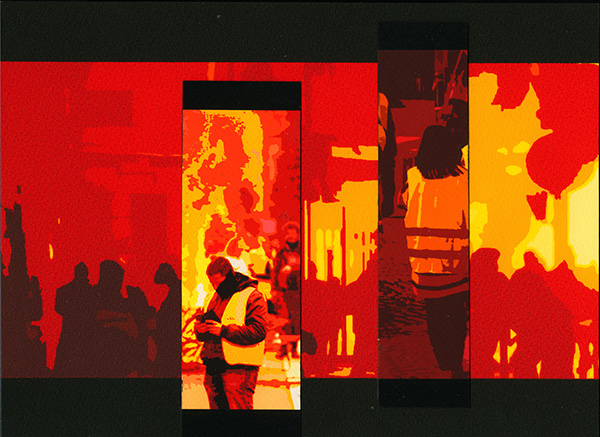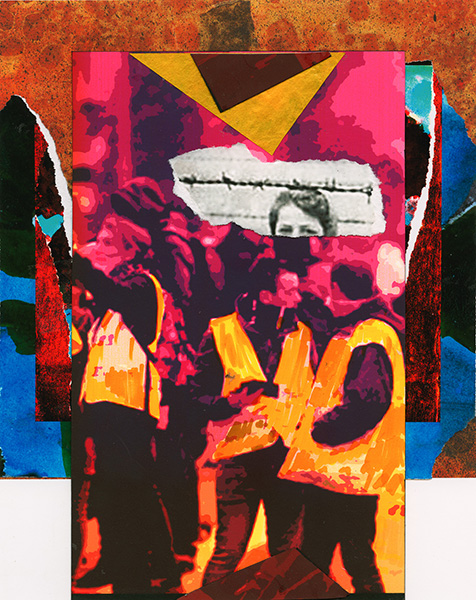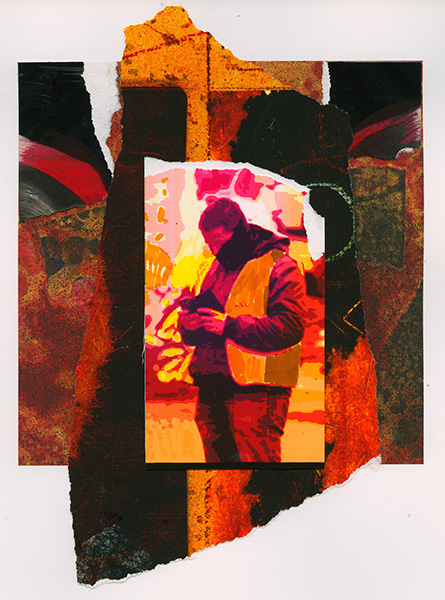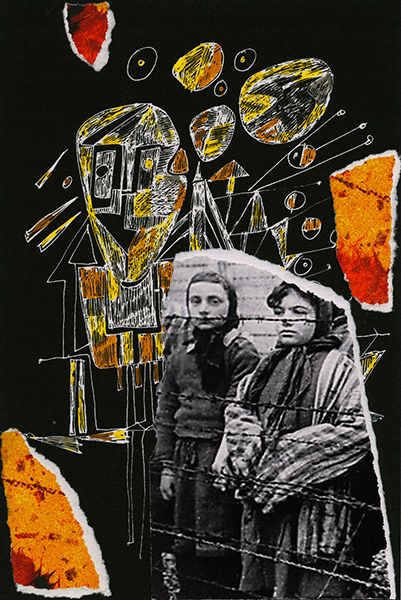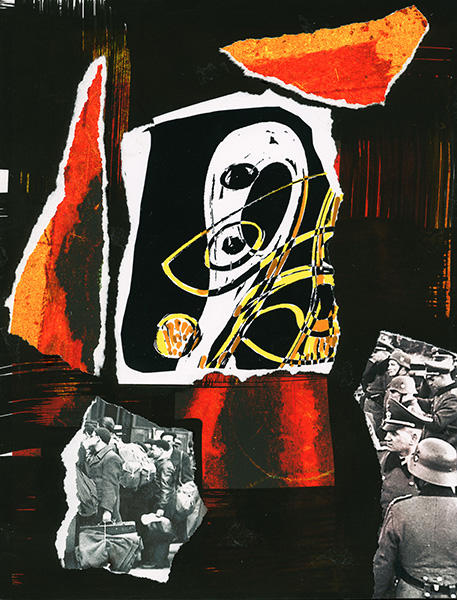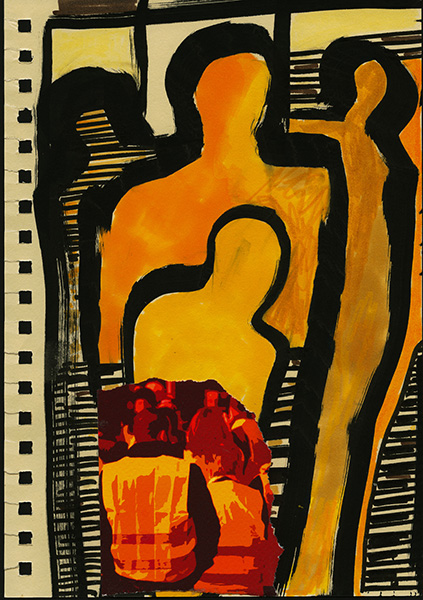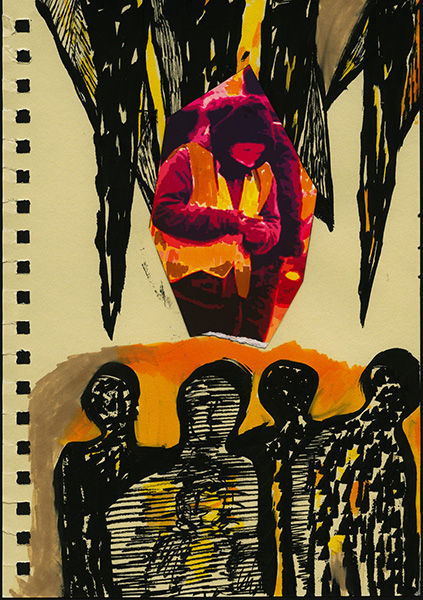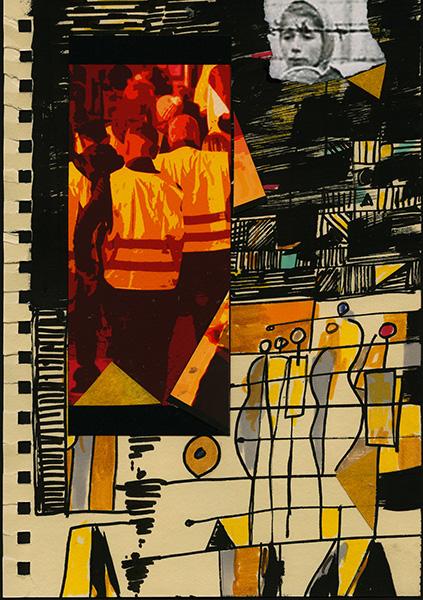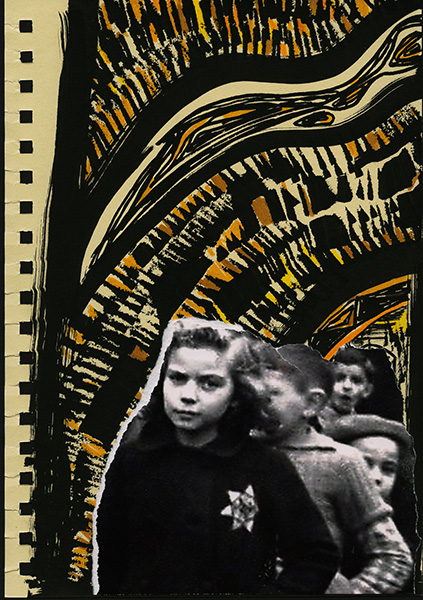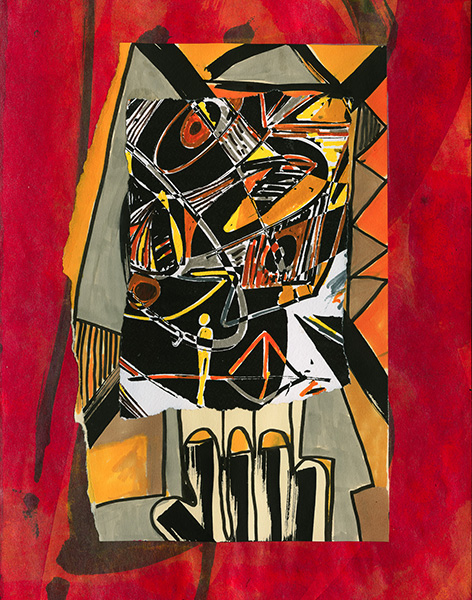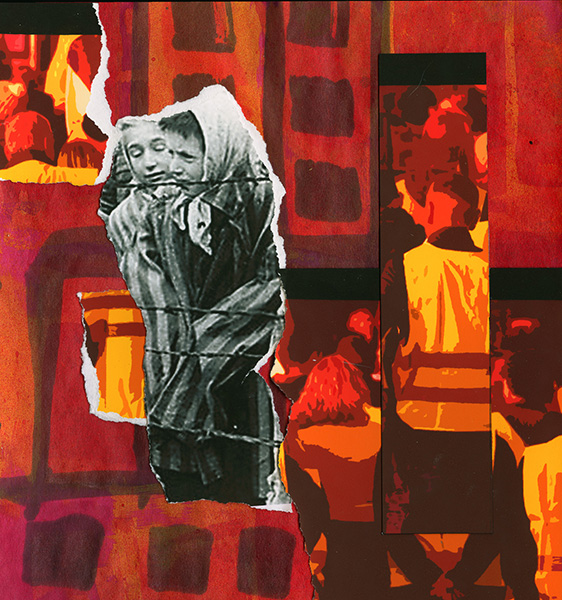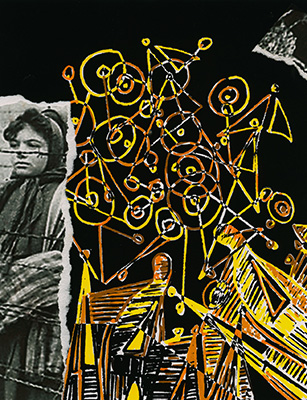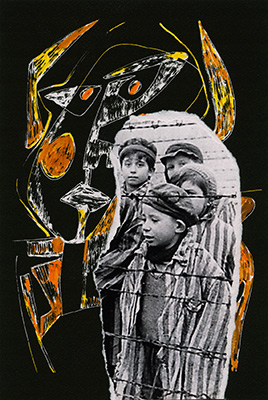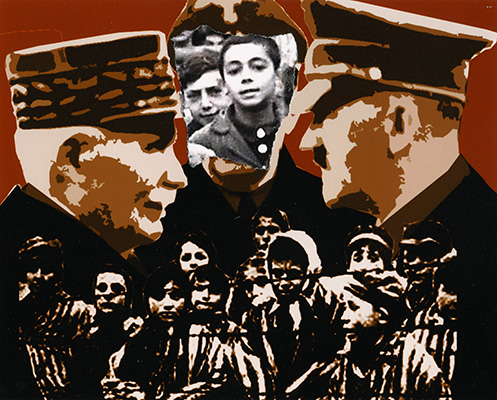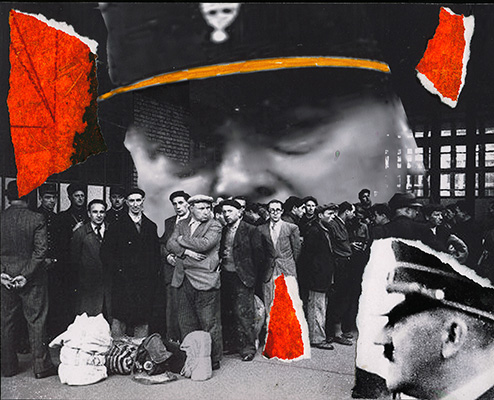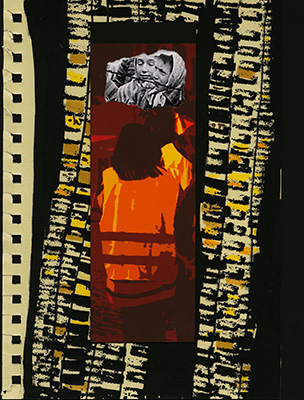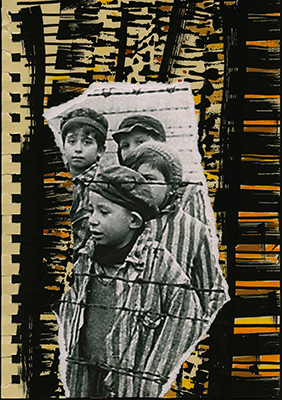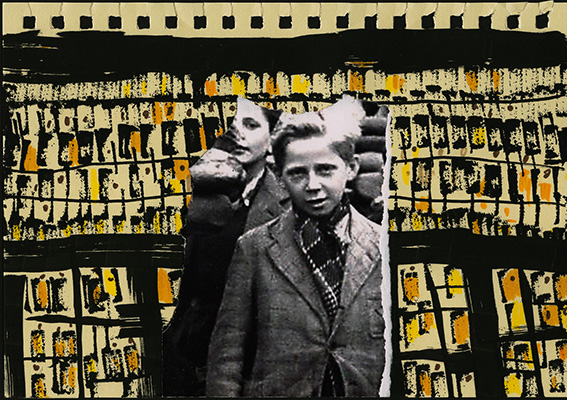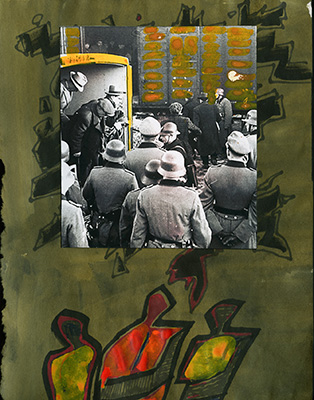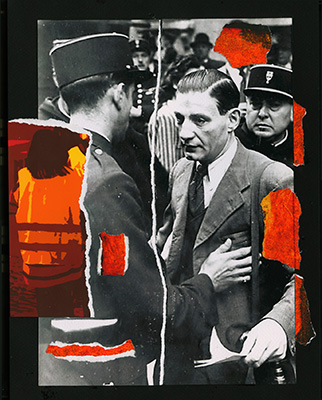
In November of 2018, France erupted with a series of unexpected, disruptive, and seemingly spontaneous marches and riots.
It was more a series of flash mobs driven by social media than the typically French political uprising led by a cadre of charismatic leaders and ideologues.
The activists wore bright yellow reflective vests, the kind often worn by both construction and emergency workers.
There was no visible public relations firm behind this brilliant visual branding. It was ideal for a digital, viral world fixated on smartphones and laptop computers.
On the surface, the random vandalism and anarchy were ignited by a large increase in gas and diesel taxes that would be used to fund global warming initiatives and other environmental schemes.
It translated into onerously high fuel prices at the pump for middle and lower class workers in the provinces. All were far from mass transit options of Paris and other big cities.
This seemingly harsh and arbitrary energy tax by an out-of-touch ruling elite was the proverbial straw that broke the camel’s back—and nearly upended President Emmanuel Macron’s centrist, technocratic government.
Although the Yellow Vests’ numbers were only in the thousands, their unhappiness with “the system” resonated with a large swath of the French electorate. The polling numbers showed a broad sympathy with the protesters in the 60 to 70 percent range.
The general public malaise was a response to the elite's embrace of largely unfettered global free trade; increasing automation of jobs; and France’s drop in international stature. None of these three problems has easy or immediate answers.
As always, French and other European societies respond to economic, political, and cultural disruption with hostile and often violent anti-semitic outbursts.
The Jews are the perpetual scapegoats for every imaginable misfortune and misery that befalls every Christian society—and increasingly, every Muslim society.
Unfortunately, the Yellow Vest movement has not been spared the sickness of compulsive and reflexive Jew-hatred.
It is especially sad in light of France’s history during WWII. The French national wartime government, located in Vichy, enthusiastically arrested and deported approximately 72,000 Jewish men, women, and children to Nazi death camps. This was about 25% of the total number of Jews in France at the time.
Had the allied invasion of France been delayed by a year or been unsuccessful, it is probable that virtually all French Jews would have been exterminated by a country professing the universal ideals of “Freedom, Equality, and Fraternity.”
Presently, there are approximately 350,000 to 500,000 Jews in France. They are less than 1% of the country’s population. Most are well integrated into French society and are proud citizens of an advanced and successful country.
But they all live in fear of right-wing extremists and increasingly radicalized Muslim youths. The fact is that many, if not most, French Jews have contemplated immigration to Israel, Canada, or the United States.
The tie that binds an individual to a nation state has been loosened to a point of untethering.
My mixed-media photo collages combine archival images of Vichy France during the Holocaust with recent images of Yellow Vest protesters and hooligans.
My art addresses a great national amnesia. The loss of accurate historical memory regarding the Jews makes France less a beacon of freedom and tolerance than a cauldron for ethnic cleansing.
It is almost a given that the Jews of France have no future as a secure and confident community. What is less obvious, but quite probable, is that the Muslim community has no future in France either.
The Catholic nationalists, spearheaded by an adroit demagogue like Marie Le Pen, have little use or patience for Islam—which is the major historical enemy of Christian Europe and a serious antagonist of secular civil society.
